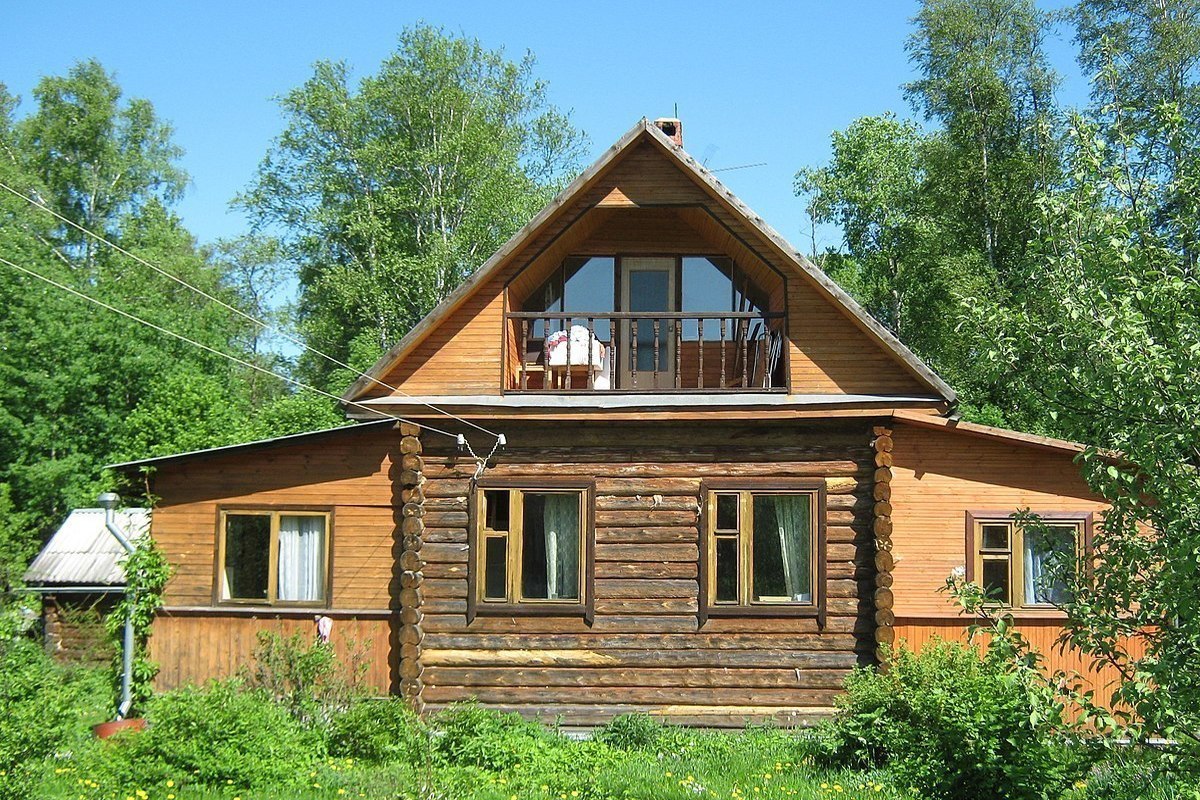Summer residents were told which tasks at their dachas should not be put off until spring
[ad_1]

October is the time for gardeners to say goodbye to their dachas. They are harvesting the last crop, planting mustard and garlic in the beds, sorting out the trash in the attics and sheds. “MK” learned from experts what tasks should not be put off until spring, leaving your garden plot for six months.
Experienced summer residents advise starting the conservation of their summer house for the winter from a plot of land. First you need to remove old grass, fallen leaves and fruits, then dig up and fertilize the beds. Don’t forget to thin out and trim the berry bushes – rid them of dry, broken, diseased and weak branches.
Flowers need to be prepared for winter long before the onset of cold weather. It is advisable to dig up bulbous heat-loving plants from the ground after flowering and dry them – gladioli tubers are stored in a warm place, and dahlias in a cold place.
Hydrangeas and peonies will overwinter well in the ground – you just need to prune them and feed them with humus.
“It is very important to prepare a house for winter, both a wooden structure and a high-quality brick one, in order to protect it from rodents, robbers or just homeless people,” says gardener Vitaly Gorshkov. “Therefore, the more precautions the dacha owner takes when preserving it for winter, the less damage there will be.
Experienced summer residents advise sealing old window frames with fabric-based tape – this will protect the cottage in winter from freezing, condensation and fungus.
Before preserving your dacha for winter, do a thorough cleaning of the house – it is better to store seasonings, flour and cereals in closed glass or tin jars, where rodents will not penetrate. Take your winter supplies with you so as not to tempt potential thieves.
“Be sure to turn off the electricity and unscrew the plugs, and also drain all the water from the pipes, washbasins and hoses,” reminds gardener Alla Milovidova. – This way you will protect the house from fire and floods. No one is immune from theft either – you can protect your property from any attacks by installing video surveillance, alarms, bars on the windows, and high-quality locks.
At the site itself, after harvesting, you need to make sure that all tools are removed, all containers are emptied, and again the water is drained wherever it was, says Kireev.
The next step is to remove the leaves. Many owners prefer to simply burn them. There are two ways to do this while observing fire safety rules:
1. The first – in an open fire no closer than 15 meters to the house in a hole, pit or ditch, the depth of which is at least 30 cm and the diameter is no more than one meter.
2. The second is burning in a barrel, here the distance from the house must be at least 7.5 meters. There are also a number of requirements for the barrel – it must be metal, with a solid base and a volume of no more than 1 cubic meter.
After cleaning, the area can be dug up so that the soil can “rest.” Some summer residents plant green manure (mustard, rapeseed, legumes, oats, marigolds) in their beds in the fall – plants that are grown exclusively for subsequent incorporation into the soil for the sake of its fertility and enrichment with useful substances.
[ad_2]
Source link








